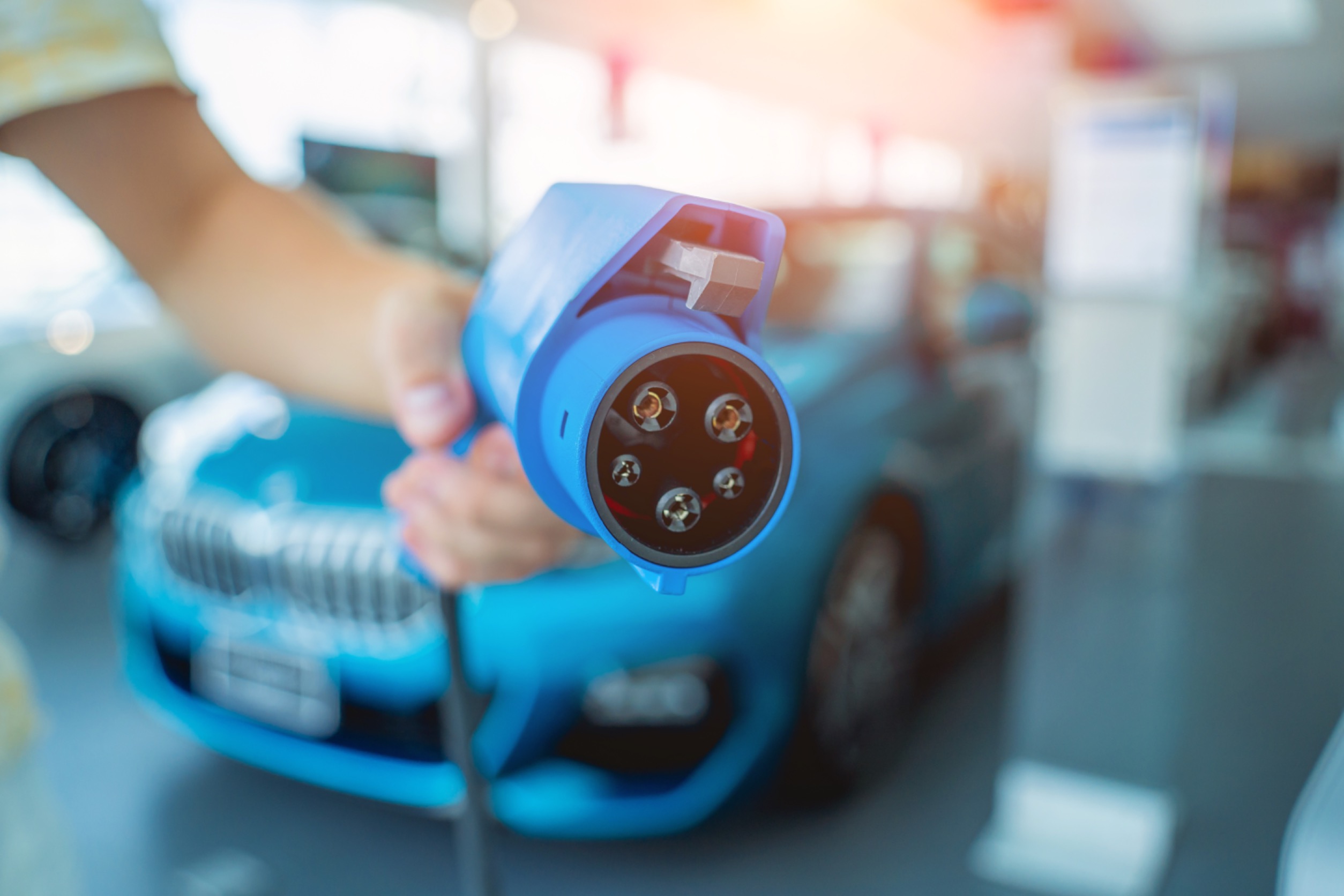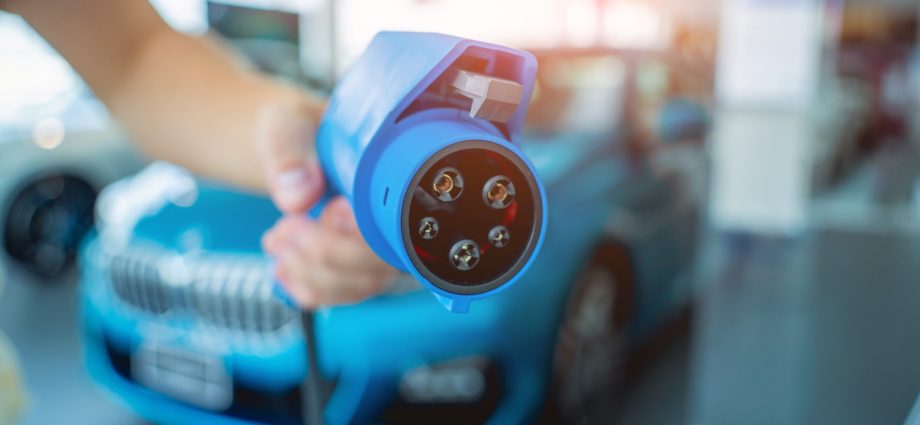- Doubts about range, batteries and environmental cost are greatly exaggerated
- Cheapest EVs come with a range of 380km, while battery prices keep falling

Range anxiety, charging infrastructure, battery replacement – these are the biggest fears people have when considering an electric vehicle. Let’s also add environmental costs to this list – specifically the issue around mining materials. With these in mind, is it time to set aside reservations and commit to EVs?
Granted, most of the EVs on offer in Malaysia currently cater only to the upmarket segment, with more affordable EVs slowly being introduced by Chinese carmakers just recently. Hence for affluent individuals and families looking to make a vehicle purchase, the time is right to commit to an EV.
Let’s look at the list of reservations.
1. Environmental cost
The concerns here are well documented, from increased mining activities and the human cost. This is the argument most favoured by EV critics – that there is nothing inherently ‘clean’ with the electrification of vehicles given the need to mine for materials. This is a valid concern, to be sure. Now let’s also consider that our reliance on fossil fuels drives air pollution which is responsible for 1 in 5 deaths worldwide.
Now for a dose of reality: yes, it is true that we must mine millions of tonnes of minerals for the green energy transition, but it will be 500 to 1000 times less than current fossil fuel production.
There is also a simple fact that should be far more obvious to people: every ounce of fossil fuel we dig up is burnt once and is gone forever. Every ounce of mineral we dig up will stay in use (as rechargeable batteries and solar panels for example) for a long time. Sustainable, as they say.
2. Battery replacement
The concern here is understandable, given that it’s only been a handful of years since mass-produced EVs have hit the road. The good news is that new studies are coming out now. A recent study covering 15,000 cars found that only 1.5% needed battery replacement and most replacements occur under warranty. Also, the price of batteries has fallen by 98%over the past 30 years. Prices fell around 19% for every doubling in capacity. The technology will just get cheaper and better over time.
3. Range anxiety
There are two ways to counter this. Firstly, most people overestimate how much range they need. One study put the average commute distance in KL at 17.4km. An EV with a range of 100km can easily last for a couple of days before needing a recharge. The average range of EVs has almost tripled since 2011. The cheapest EV available in our market claims a range of 380km. So the only practical concern is long-distance driving, which leads to our final point.
4. Charging infrastructure.
This would be the one point that the industry and government will need to solve together to enable the mass adoption of EVs. There is a goal to achieve 4,000 charging points by this year, and 10,000 by 2025. A separate study puts that estimate at 150,000 charging points by 2030, at a cost of USD 3.7 billion. On a practical level, EV users must install multiple apps on their phones to access the competing charging points provided by different companies. Some level of consolidation is to be expected as the infrastructure matures, but as of now, it’s a bit of a mess to navigate. Car manufacturers are also getting into the game, which is interesting on two fronts. Firstly, it might be an indication then they are not prepared to wait for the government to step in and find that they have little choice but to invest in this infrastructure to realise their EV sales potential, and secondly, just imagine these manufacturers having to operate their own petrol stations in the past. BMW is working with JomCharge and Tenaga Nasional, while Mercedes Benz is working with Gentari.
Almost all the premium carmakers offer wall boxes for home charging as well, with many of them offering promotions for installations.
Concerning charging, the current consensus seems to be that a mix of home or public charging a couple of times a week will suffice for daily commutes, while for outstation trips one really would just need to plan and locate the appropriate charge points to cover the trip.
That just leaves the price comparison of EVs to cheaper ICE vehicles. The technology has matured to a point where it is practical, so, if you can afford an EV, it absolutely should be your top consideration.

